SUP board fins:
Key to navigation
SUP board fins : shapes
SUP board fins come in a variety of shapes, each with its own unique design and purpose. Here are some of the most common fin shapes for paddle boards:
keel fin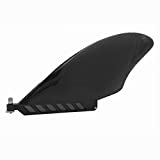
Flat/keel fin:
For touring or racing paddle boards
- Stability: Flat or keel fins provide increased stability, especially for beginners or those paddling in choppy waters. The broader surface area helps to keep the board steady, making it easier to maintain balance.
- Tracking: Keel fins are particularly effective at improving the board's tracking ability, meaning it maintains a straight course with less effort from the paddler. This is advantageous for longer journeys or when paddling against currents or winds.
- Maneuverability: While flat or keel fins may sacrifice some maneuverability compared to more curved fins, they still offer decent agility. This makes them suitable for a variety of paddling conditions, from calm lakes to moderate surf.
- Versatility: Flat or keel fins are often considered more versatile because they perform well in different water conditions. Whether you're exploring serene lakes, cruising along rivers, or catching waves in the ocean, these fins can adapt to various environments.
- Ease of Use: Beginners may find flat or keel fins easier to use and control compared to more specialized fins. They provide a forgiving ride, allowing newcomers to focus on mastering basic paddling techniques without worrying too much about fin adjustments.
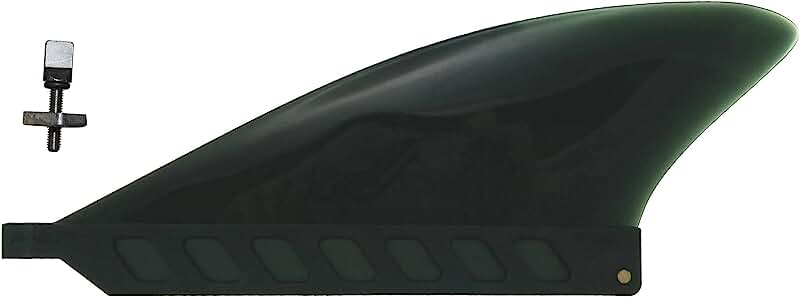
Rounded/teardrop fin:
- Enhanced Maneuverability: Rounded or teardrop fins offer greater maneuverability compared to flat or keel fins. Their curved shape allows for smoother turns and sharper cuts, making them ideal for paddlers who prioritize agility and responsiveness, particularly in waves or fast-flowing rivers.
- Performance in Surf: Paddleboarders who enjoy surfing or riding waves often prefer rounded fins for their ability to carve and pivot with ease. These fins allow for more dynamic maneuvers, such as bottom turns and cutbacks, enhancing the overall surfing experience.
- Reduced Drag: The streamlined design of rounded or teardrop fins reduces drag in the water, allowing for faster speeds and smoother glide. This can be advantageous for paddlers looking to cover longer distances or maintain momentum in challenging conditions.
- Versatility: While rounded fins excel in surf conditions, they can also perform well in other environments, such as flatwater paddling or touring. Their balanced blend of maneuverability and stability makes them suitable for a wide range of paddling activities and skill levels.
- Advanced Paddlers: Experienced paddlers who have honed their skills may prefer rounded fins for their ability to execute advanced techniques and maneuvers. These fins provide precise control and responsiveness, allowing paddlers to push their limits and explore new challenges on the water.
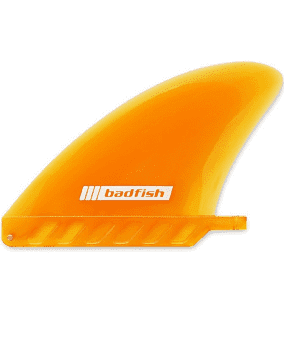
Triangular fin:
For longboard
- Stability and Tracking: Triangular fins offer a balance between stability and tracking. The triangular shape provides sufficient surface area to maintain stability on the water while also assisting in keeping the board on a straight course, making them suitable for various paddling conditions, including flatwater and mild chop.
- Versatility: Triangular fins are versatile and can perform well in different water conditions. Whether you're paddling on calm lakes, exploring rivers, or riding small waves, triangular fins can adapt to a variety of environments, providing a reliable and predictable performance.
- Maneuverability: While not as maneuverable as rounded fins, triangular fins still offer decent agility. Paddlers can execute turns and maneuvers with relative ease, making them suitable for recreational paddling, touring, and cruising.
- Beginner-Friendly: Triangular fins are often preferred by beginners due to their forgiving nature and stability. They provide a stable platform for learning basic paddling techniques and offer a smoother ride, helping new paddlers build confidence on the water.
- Durability: Triangular fins are typically made from durable materials such as fiberglass or plastic, ensuring long-lasting performance and resistance to damage from rocks, debris, or shallow waters.
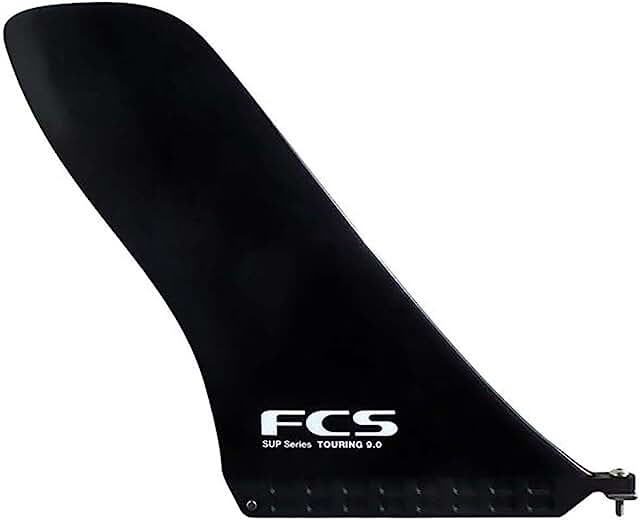
- Tracking: Touring fins are specifically designed to enhance the board's tracking ability, meaning they help the board maintain a straight course with minimal effort from the paddler. This is particularly beneficial for long-distance paddling or exploring flatwater environments such as lakes, rivers, or coastal areas where maintaining direction is essential.
- Efficiency: Touring fins are typically longer and narrower compared to other fin types, which reduces drag in the water and promotes efficient forward movement. This allows paddlers to cover greater distances with less effort, making them ideal for extended paddling sessions or multi-day tours.
- Stability: While touring fins prioritize tracking and efficiency, they also provide a level of stability that is essential for paddlers navigating open water or encountering mild chop. The increased surface area and depth of touring fins help to stabilize the board, providing a secure platform for paddlers of all skill levels.
- Versatility: Touring fins can perform well in a variety of water conditions, from calm lakes to moderate ocean swells. Their versatile design makes them suitable for a wide range of paddling activities, including recreational touring, fitness paddling, and adventure racing.
- Durability: Touring fins are often constructed from durable materials such as fiberglass or carbon fiber, ensuring long-lasting performance and resistance to damage from rocks, debris, or shallow waters. This durability is particularly important for paddlers embarking on extended journeys or exploring remote waterways.
Touring fin:
Designed for flat-water touring and racing, ranging from cruising your local lake to paddling a distance sprint.
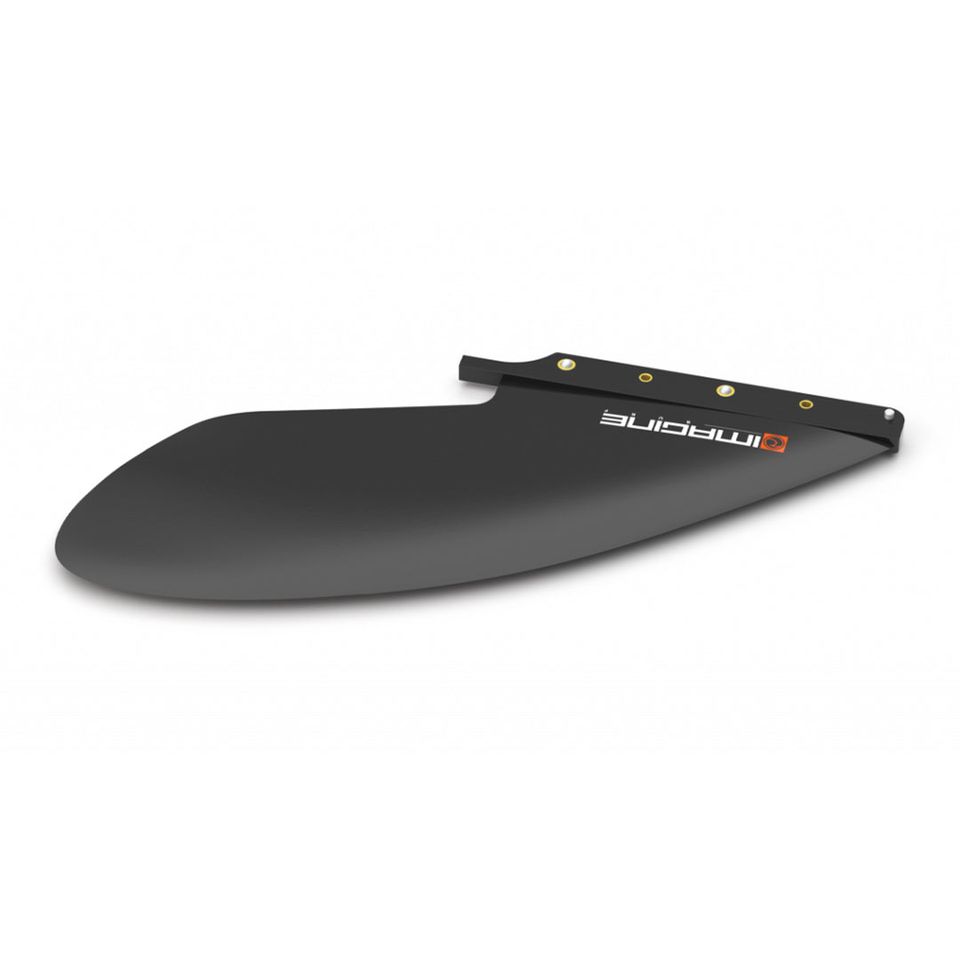
Swept-back fin:
- Enhanced Maneuverability: Swept-back fins are designed with a curved shape that allows for tighter turns and increased maneuverability compared to other fin types. This makes them ideal for paddlers who enjoy surfing, riding waves, or navigating through tight spaces such as rivers or narrow channels.
- Surf Performance: Swept-back fins excel in surf conditions, where their curved design enables quick and responsive turns, helping paddlers carve through waves with precision and control. They provide stability when riding down the face of a wave and agility when executing maneuvers such as cutbacks or bottom turns.
- Reduced Drag: The swept-back shape of these fins reduces drag in the water, allowing for smoother glide and increased speed. This can be advantageous for paddlers looking to catch and ride waves more efficiently or maintain momentum in challenging surf conditions.
- Versatility: While swept-back fins are well-suited for surfing, they can also perform well in other paddling environments, including flatwater cruising and touring. Their balanced blend of maneuverability and stability makes them suitable for a variety of paddling activities and skill levels.
- Advanced Performance: Experienced paddlers who are proficient in executing advanced surfing maneuvers may prefer swept-back fins for their ability to enhance performance and responsiveness on the water. These fins allow for precise control and dynamic movements, empowering paddlers to push the limits of their surfing abilities.
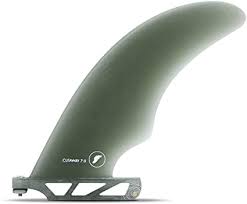
Cutaway fin:
A narrower base than most longboard fins, means less drive out of your turns if used as a single fin. These fins are best paired with sidebites to give you the extra drive and maneuverability - in that case you would size it smaller than if you were to ride just a single.
- Reduced Drag: Cutaway fins are designed with a unique shape that reduces drag in the water, allowing for smoother glide and increased speed. This can be advantageous for paddlers looking to cover longer distances more efficiently or maintain momentum in challenging conditions.
- Enhanced Tracking: Despite their reduced surface area, cutaway fins still provide sufficient tracking ability, helping the board maintain a straight course with minimal effort from the paddler. This makes them suitable for touring, racing, or paddling in windy conditions where maintaining direction is essential.
- Maneuverability: Cutaway fins offer decent maneuverability, allowing paddlers to execute turns and maneuvers with relative ease. While they may not be as agile as swept-back fins, cutaway fins still provide enough responsiveness for paddlers navigating through moderate surf or tight spaces such as rivers or narrow channels.
- Versatility: Cutaway fins can perform well in a variety of paddling conditions, from flatwater cruising to surfing. Their balanced design makes them suitable for recreational paddling, touring, fitness paddling, and even racing, offering a versatile option for paddlers of all skill levels and preferences.
- Durability: Cutaway fins are often constructed from durable materials such as fiberglass or carbon fiber, ensuring long-lasting performance and resistance to damage from rocks, debris, or shallow waters. This durability is particularly important for paddlers embarking on extended journeys or exploring remote waterways.
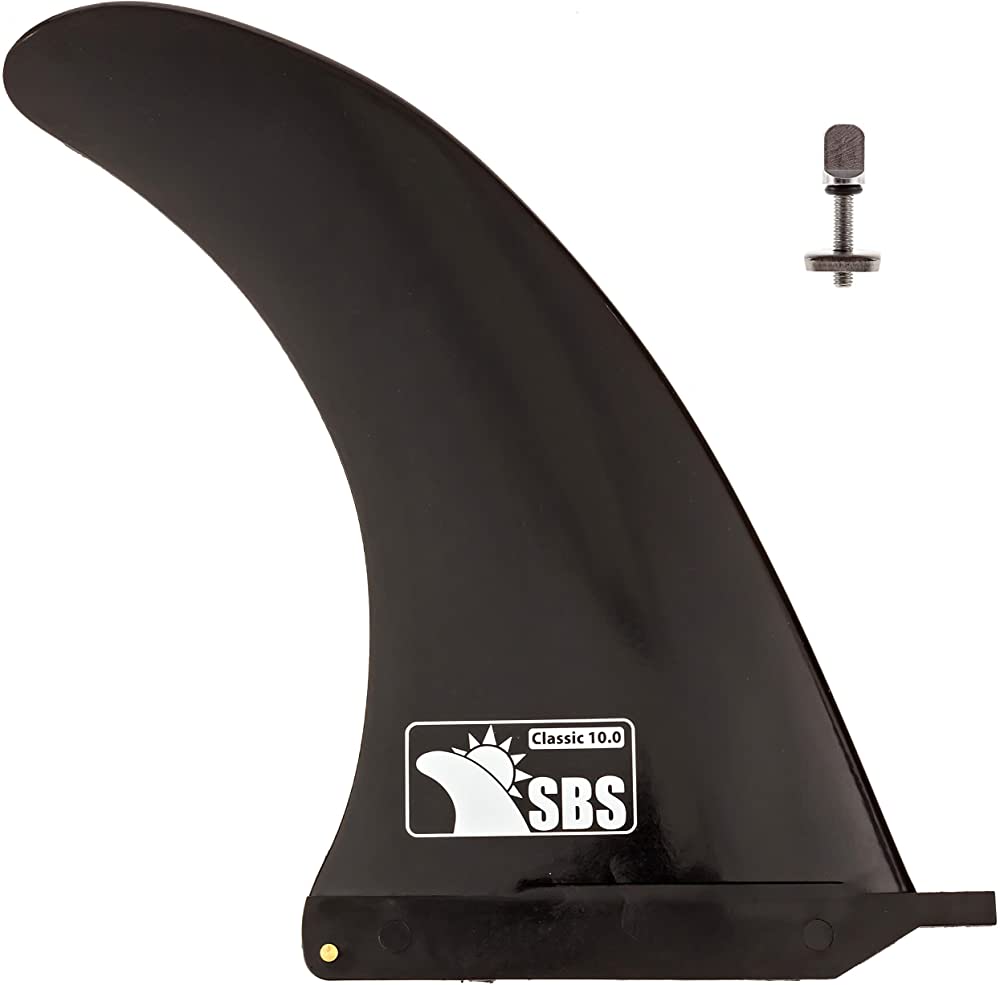
Banana fin:
This is a fin with a curved shape that provides excellent maneuverability and speed. Banana fins are commonly used on race boards and is often a stand fin on generic boards. Designed to provide the maximum amount of control and speed.
- Enhanced Maneuverability: Banana fins, with their curved or swept-back shape, offer greater maneuverability compared to other fin types. This allows paddlers to execute tighter turns and navigate through challenging waters with ease, making them ideal for surfing, river paddling, or navigating narrow channels.
- Surf Performance: Banana fins are particularly well-suited for surfing. Their curved design enables quick and responsive turns, making them perfect for carving through waves and performing advanced maneuvers like bottom turns and cutbacks. They provide stability when riding down the face of a wave and agility when maneuvering across the water's surface.
- Reduced Drag: The streamlined shape of banana fins reduces drag in the water, allowing for smoother glide and increased speed. This can be advantageous for paddlers looking to catch and ride waves more efficiently or maintain momentum in challenging surf conditions.
- Versatility: While banana fins excel in surfing, they can also perform well in other paddling environments. They are suitable for recreational paddling, touring, and even racing, offering a balance of maneuverability and stability that caters to a wide range of paddling activities and skill levels.
- Advanced Performance: Experienced paddlers appreciate banana fins for their ability to enhance performance and responsiveness on the water. These fins allow for precise control and dynamic movements, empowering paddlers to push the boundaries of their skills and tackle more challenging conditions with confidence.
Overall, the shape of the fin you choose will depend on your paddling style, skill level, and the conditions you are paddling in. Some fins are designed for speed and control, while others are designed for stability and maneuverability, so it's important to choose a fin that matches your paddling needs and preferences.
SUP board fins - setups
SUP board fins are an important part of the board's design, and they play a significant role in the board's performance and stability on the water. Here are some of the most common types of paddle board fins and their purposes:
- Single fin:
This is the most common type of fin, consisting of a single fin mounted at the center of the board's tail. Single fins provide good stability and tracking in calm water, making them ideal for touring and recreational paddling. - Three-fin setup (thruster):
This consists of three fins, with one mounted at the center and two smaller fins on either side. This configuration provides excellent stability, maneuverability, and speed, making it popular for surfing. - Four-fin setup (quad):
This consists of four fins, with two mounted at the center and two smaller fins on either side. This configuration provides excellent stability and speed, and is a popular choice for paddlers who want to maximize their performance in flat water or waves. - Removable fins:
Some paddle boards have removable fins, which can be easily detached and replaced. This allows paddlers to customize their fins to suit their preferences and the conditions they are paddling in. - Longboard fin:
This is a larger, single fin that is commonly used on longboard-style paddle boards. Longboard fins provide excellent stability and control, making them ideal for cruising and carving.
Overall, paddle board fins play a crucial role in the board's performance and stability on the water, and the type of fin you choose will depend on your paddling style, skill level, and the conditions you are paddling in.
BLUEFIN
https://bluefinsupboards.com/
See full review of the affordable Bluefin Sprint here: https://www.standuppaddleboardingguide.com/sup-gear-reviews-paddle-boards.html
Everything you need to know about proper fin placement for your stand up paddleboard as well as fin types, number of fins, and more from Naish Pro Rider Chuck Patterson.
FLAT WATER SUP BOARD FINS
SUP boards that are specifically designed for flat water will have one long fin. This provides board stability and minimal drag, and allows the board to travel straighter during long distance touring, racing and downwinder treks. This fin is great for casual paddling, crossing waters (shore to shore) or paddling with a child or pet. Usually, a single fin will be mounted on a longer, wider board for ultimate stability.
ALL-ROUND MULTI-FIN & THRUSTER BOARD FINS
Some boards have a three-fin setup for better manoeuvering in swells and waves, providing dynamic action and easier turning. Some three, four, and five-fin setups are called "thrusters"; they allow the board to move faster through the waves while surfing.
Three-fin setups are NOT favourable for flat water since the two outside fins create drag. Many board designs allow you to remove the two outside fins, which makes for great versatility. Take two fins off and voila!—now you have a flat water board. In some cases you can even remove the centre fin and replace it with a longer, single fin—even better for flat water. This makes for a great all-around board, ideal for beginner and intermediate SUPers who want to try different techniques and water conditions.
By Starboard this video covers the SUP thruster setup VS the Quad setup
SUP RACE FINS
Racing fins are just that: SUP fins specifically designed for racing. The shape falls between the flat water fin and wave fins, offering maximum stability and manoeuverability for racing situations.
QUAD FINS
Many SUPers say a quad fin set-up is faster and more responsive, able to handle waves of all sizes depending on your capability. A quad fin setup provides the most versatility. Some of these boards allow for multiple setups: two, three (thruster), or four fin. This versatility means more choices, especially desirable if you travel to different waters. These quad fin boards will have "cant" for easier and more responsive turns.
DOWNWINDER FINS
These fins are longer and narrower, with less curve from base to tip. They reach further into the water to reduce spin in the currents while manoeuvring downwind on oceans, rivers, or fast moving lakes.
SUP fin terms:
CANT/SWEEP - refers to the angle of the fin in relation to the board, for example: if the SUP board fin is perpendicular to the bottom of the board, there's no cant. If is angled towards the tail, it has more more sweep. More cant or curve means more sweep for easier, quicker turns.
SINGLE - a single fin. This set-up works on flat water SUP and downwinder SUPs.
TWIN - usually paired to a board with a fish tail or swallow tail design to enhance speed in smaller waves and reduce drag, since there is no third middle fin.
2+1 - an all-round SUP fin combination. Can be used in swells and waves with three fins or can be used for flat water touring using only the centre fin, removing the two outside fins.
THRUSTER – this three-fin set-up provides some thrust to move faster through the waves.
QUAD – four-fin set-up allows you to ride with a variety of combinations to optimize your board’s behaviour depending on conditions.
BLOG
DESCRIPTION: understanding SUP board fins
LINK: https://standuppaddle.blogspot.ca/2013/01/sup-fins-understanding-stand-up-paddle.html
MORE VIDEO
Installing SUP board fins.
Futures Board fins.
2014 Fin-S Fin System Installation
How to install Fin-S screwless, toolless fin system into your board in minutes. www.fin-s.com
Review for 2014 Fin-S Fin System Installation
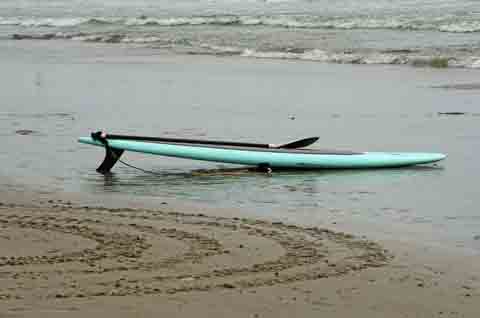
back to stand up paddle boards
Home – where it all started
This website is for sale. For information go to:
Buy-standuppaddleboardingguide.html
DuckDuckGo Search
2014 - Most recent Review - Shark 2s
Amazon devicesSee BLUEFIN SUP Fleet
5 year warranty,
60 day returns.
Free global shipping!
Learn more about Bluefin Sup inflatables
Dear Visitors
Should you click on an ad, it make generate a small commission at no cost to you. It helps keep our website free for all users. MANY THANKS!
O'Neil Wetsuit
https://amzn.to/3wekRsh
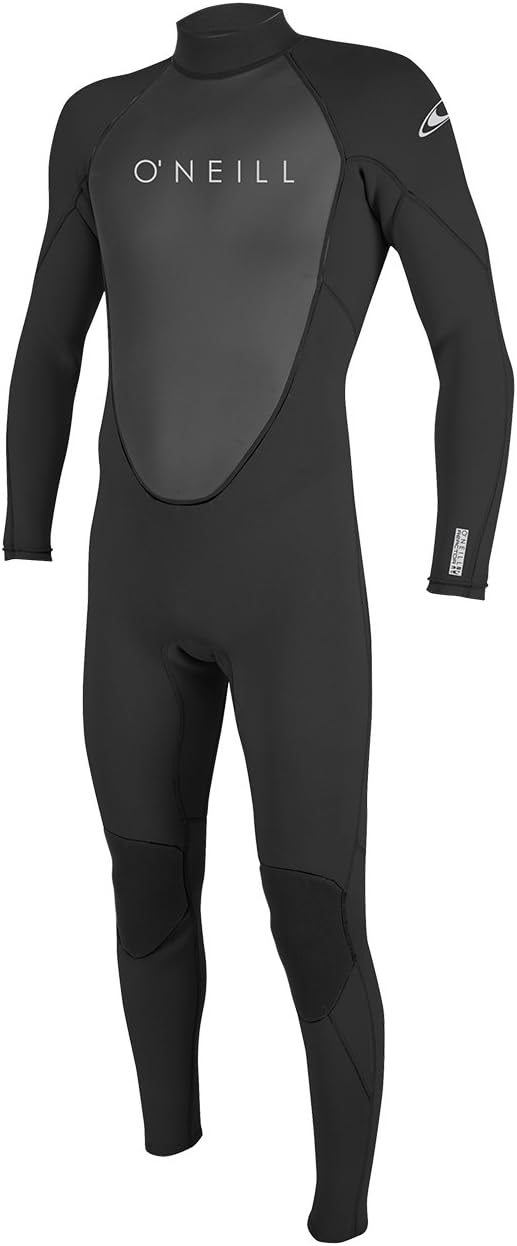
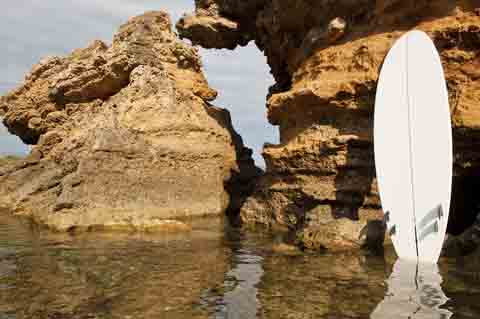
Quad fin set-up.
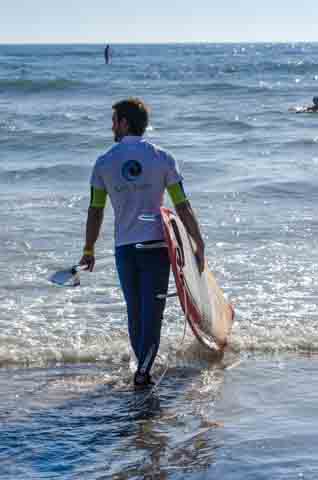
3-fin thruster set-up.
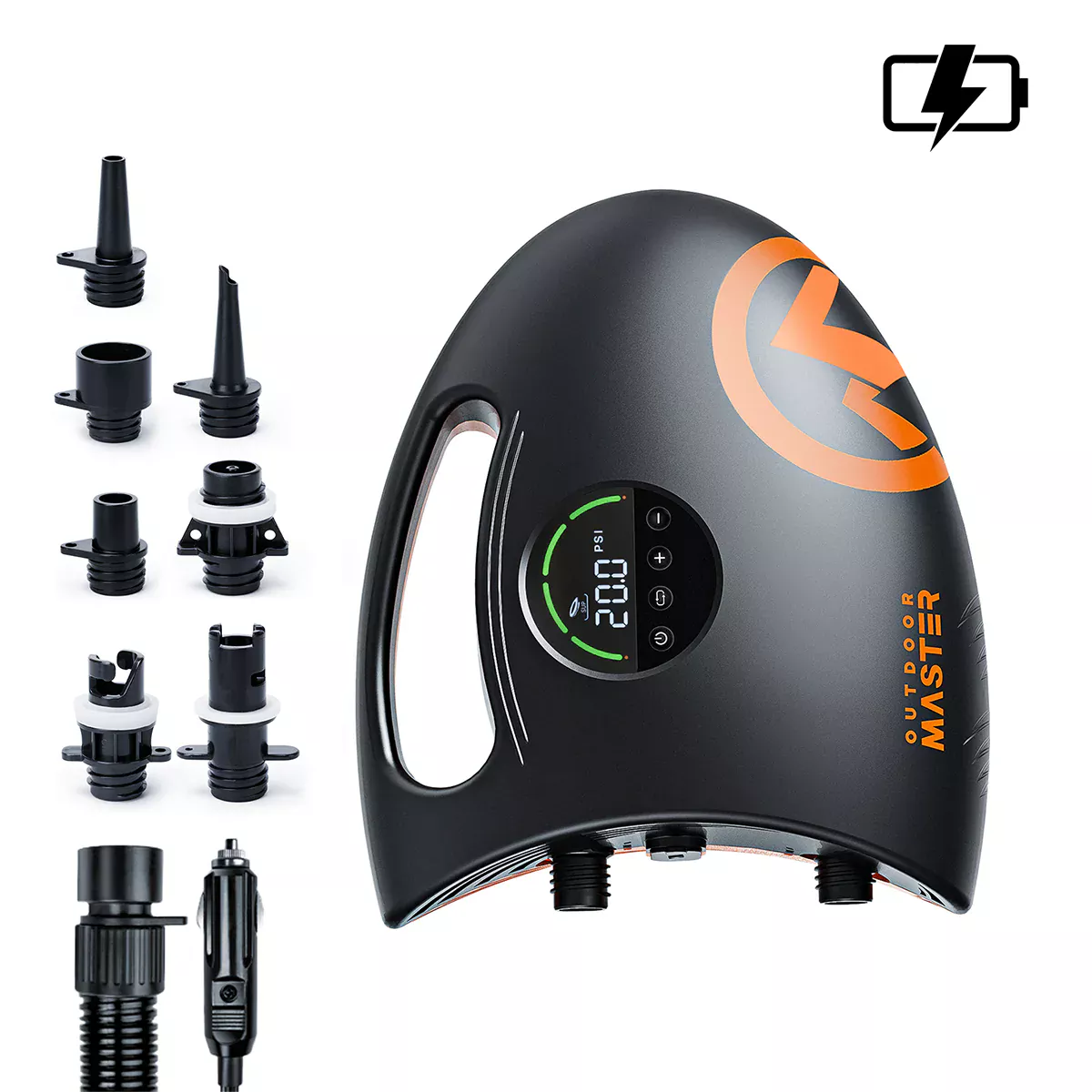
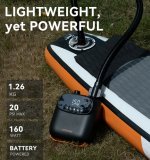
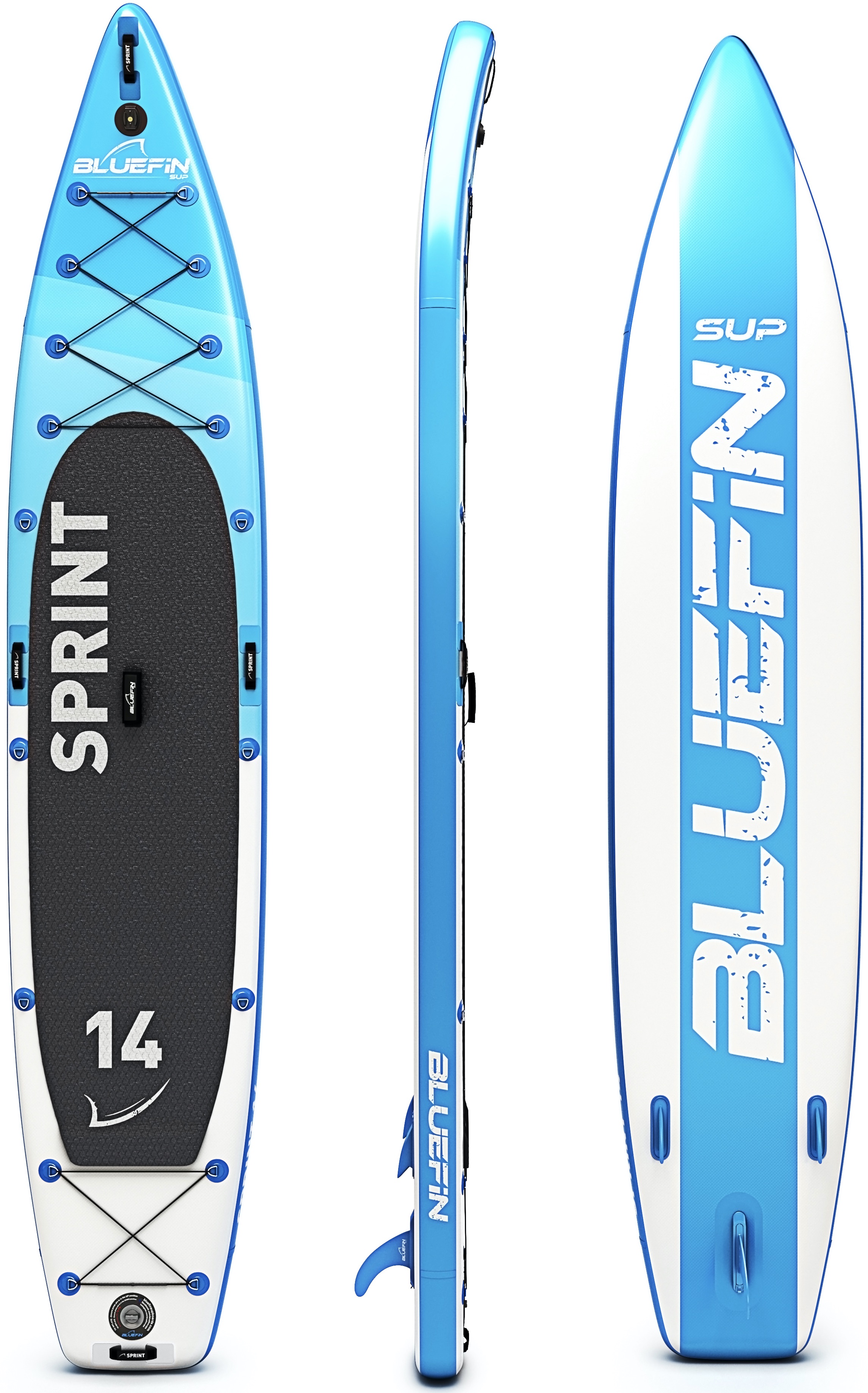
New! Comments
Have your say about what you just read! Your paddle boarding comments, stories and ideas are valued! Many thanks!